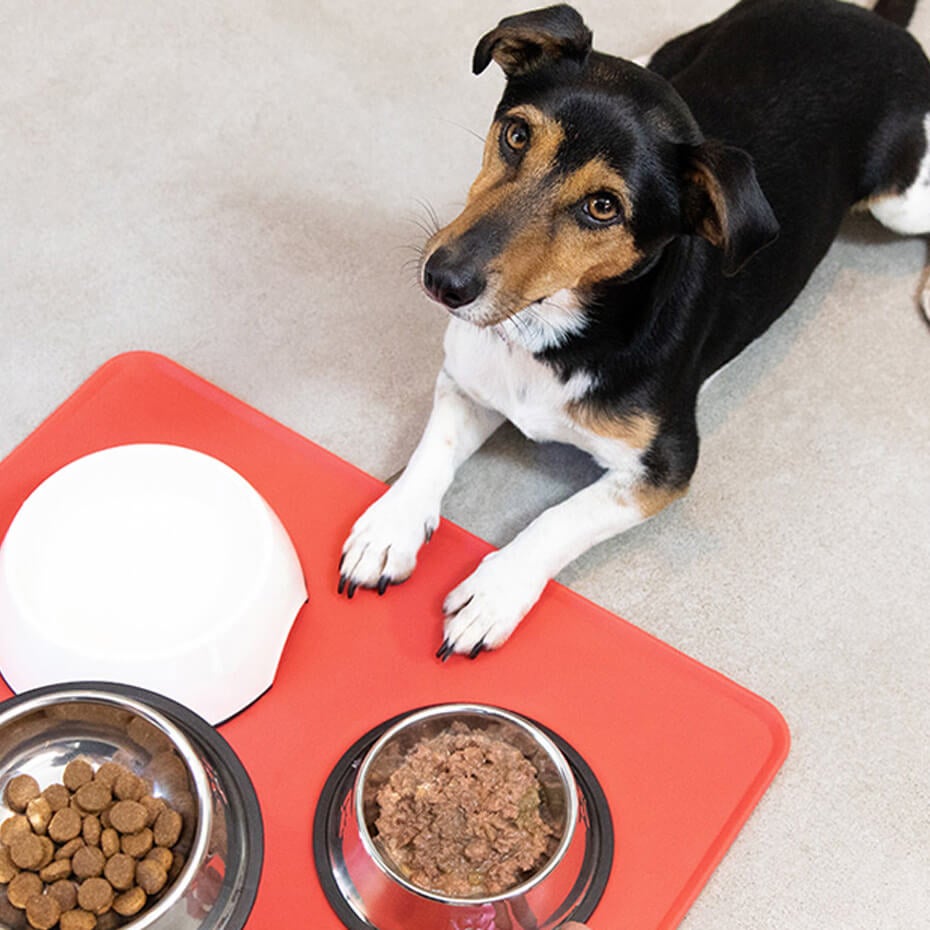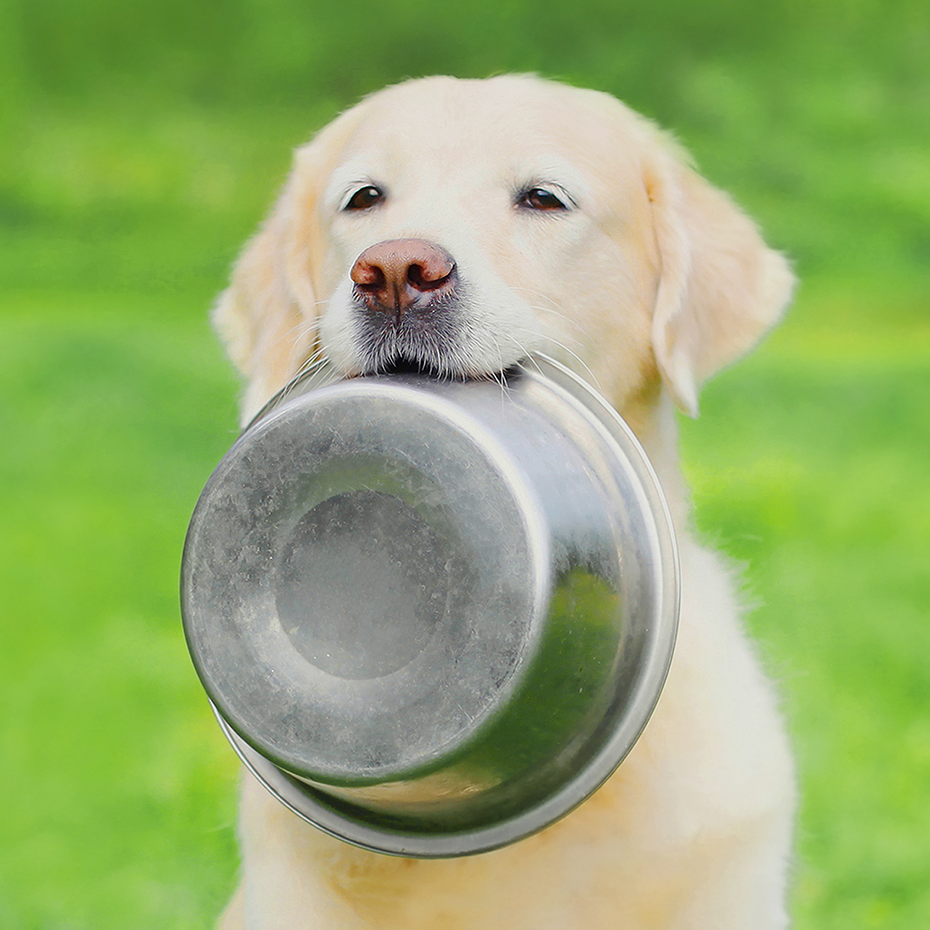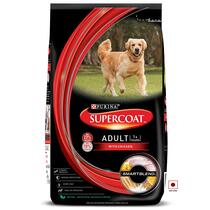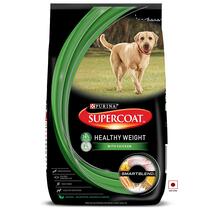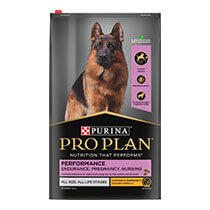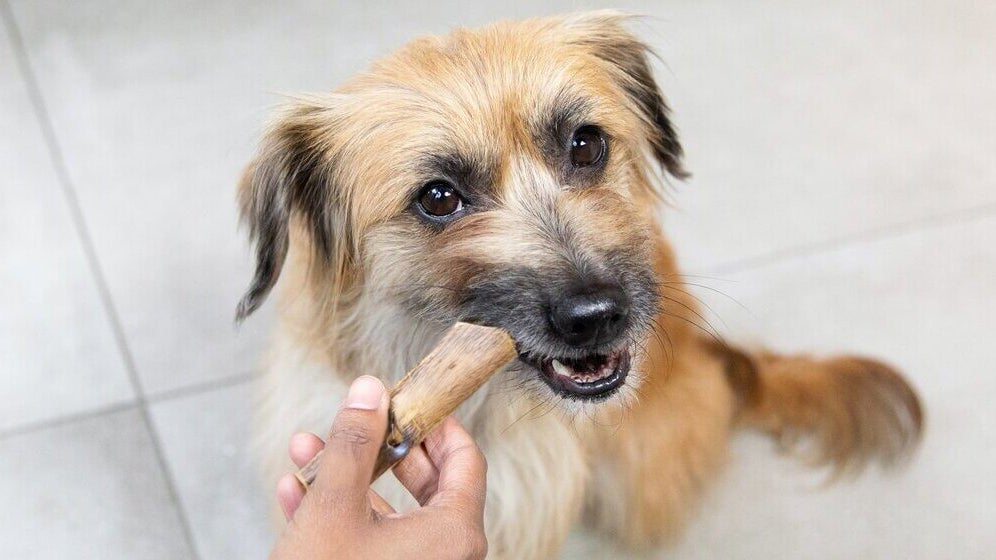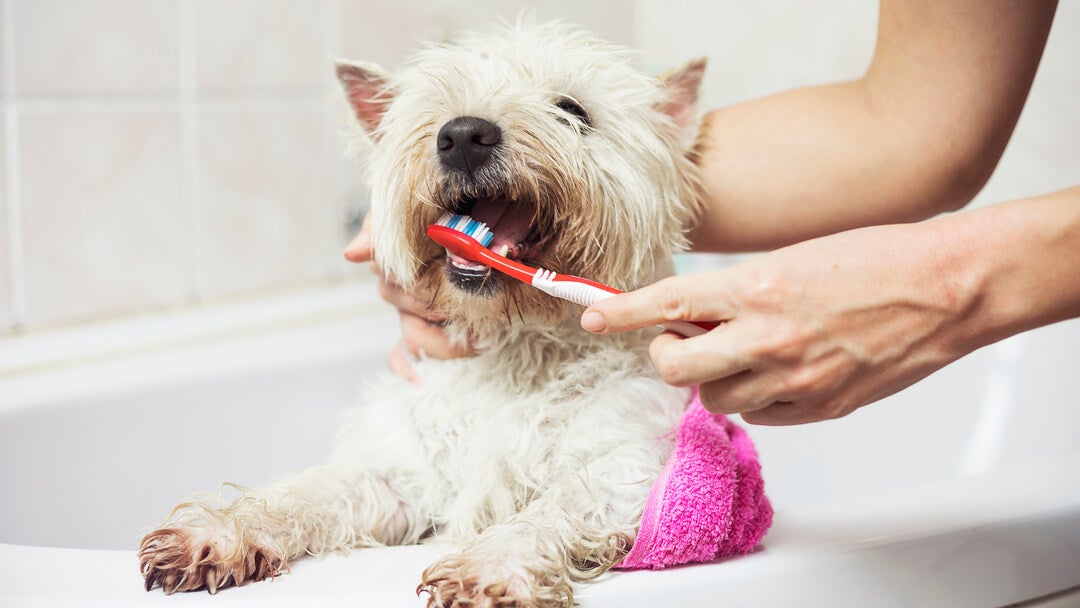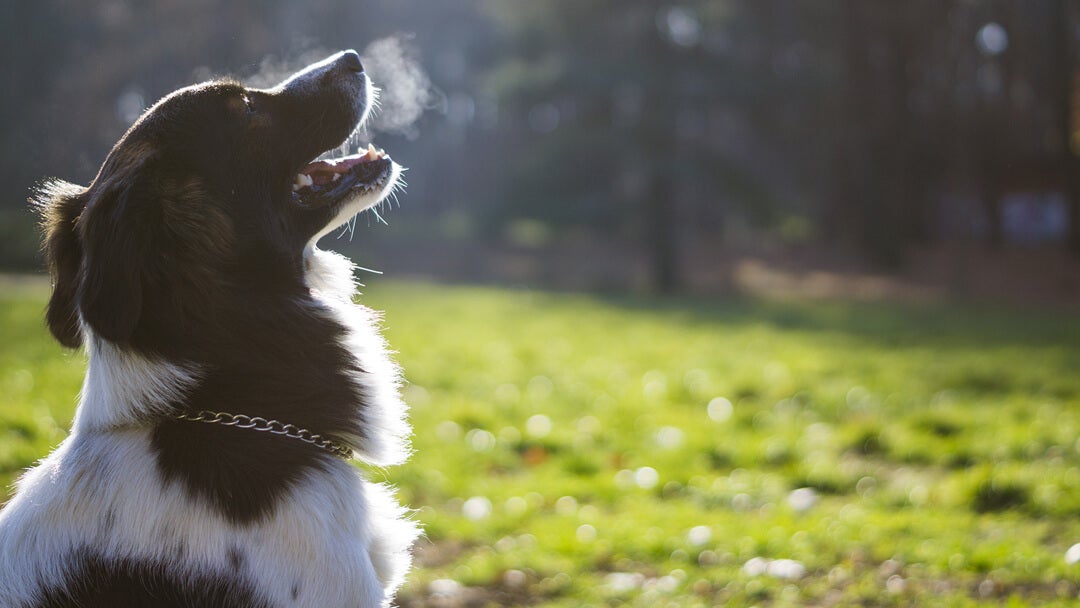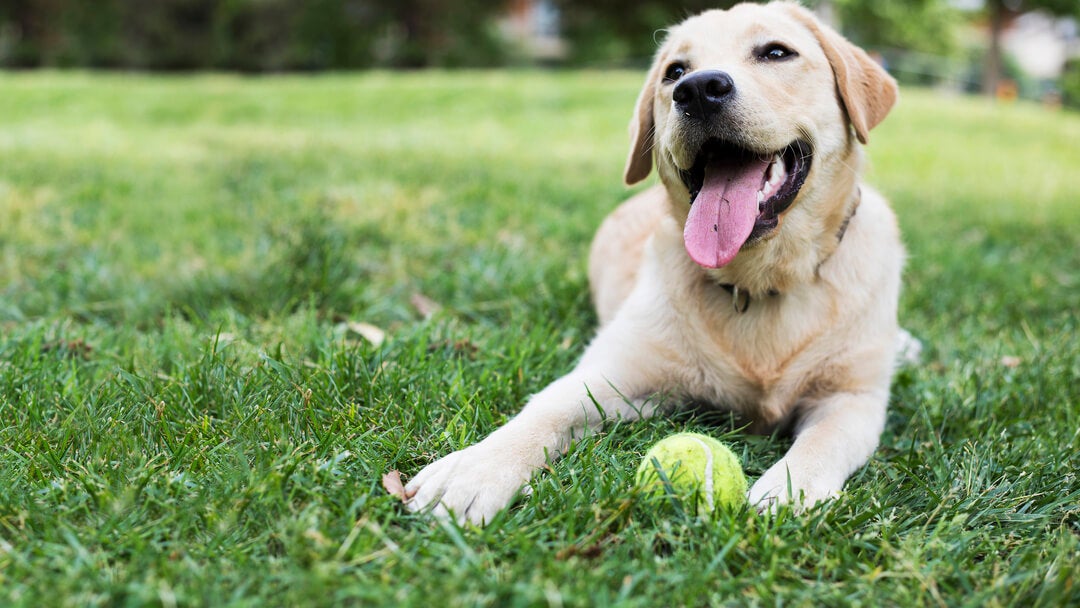
We all understand that too much plaque can lead to a problem with our own teeth. But did you know dogs with plaque build-up can also suffer from the same kind of conditions?
What is dog plaque?
Plaque is the sticky film that builds up on both yours’ and your dog’s teeth. This sticky film is made up of bacteria, and it begins when the food dogs eat stays on their teeth. If not cleaned off, these bacteria begin to grow. The more bacteria that grows on your dog’s teeth, the more at risk they are of developing a dental condition.
How does dog plaque build-up?
Plaque on dog’s teeth begins to build up after your dog has eaten. It does this through a chemical reaction that’s triggered by existing bacteria in the mouth, food and saliva. Once all three meet, the reaction begins to occur and a build-up of plaque begins.
Certain foods are more likely to speed up the build-up of plaque on dog teeth compared to other foods. For example, bacteria love carbohydrates from sugar, which means feeding your dog sugary foods could increase the build-up of plaque in their mouth. Eventually this plaque will harden and develop into a substance called tartar.
The signs of too much plaque on dog teeth
There are a number of different signs to watch out for when examining your dog’s mouth. Does your dog’s mouth display any of the following?
- Inflamed gums.
- Discoloured teeth.
- Loss of teeth.
- Bad breath.
- Pus inside the mouth.
If your dog displays any of the above symptoms you should contact your vet and seek out advice before trying out methods to remove plaque from your dog’s teeth.

Why is dog plaque undesirable?
A high build-up of plaque can be a real problem for your dog. This is because once plaque hardens, it turns into tartar. A dog with tartar could be suffering from a number of conditions. These include:
- Gingivitis – This gum condition is perhaps one of the most well-known when it comes to dog dental conditions. In the early stages of gingivitis in dogs, your pet will start to develop bad breath. There will also be a yellow tartar build up on your dog’s teeth. If this goes untreated then your dog’s gums may begin to swell up, and a red line running across the gums may also appear. The final stages of gingivitis may open the door to different forms of gum disease along with tooth loss.
- Periodontal disease – If gingivitis is not treated it could lead to periodontal disease. This condition causes a dog’s gum to recede from the tooth. Once this happens the gum leaves a space also known as a ‘pocket’. This ‘pocket’ can then become infected, and if not treated the gum and tissue that supports the tooth becomes destroyed.
- Abscesses – An abscess is a collection of pus that builds up around one or more of your dog’s teeth. This pus makes the gum around the tooth swollen and red. The more pus in your dog’s mouth the more pain they will be in. This I why it’s important to regularly open your dog’s mouth and check their teeth.
How to get rid of plaque on dog teeth
To ensure that dog plaque does not become problematic, there are a couple of things you can do to help prevent a build-up:
- Brush your dog's teeth once a week with a dog-friendly toothbrush.
- Give your dog dental treats.
- Get your dog a professional clean and scaling.
If plaque on your dog’s teeth becomes a reoccurring issue, speak to your vet about how to treat problematic dog plaque.
Are certain breeds more prone to dog plaque?
In short, yes certain dog breeds are more prone to dog dental conditions. Small dogs and toy breeds tend to be most likely to develop dental issues. This is because small breeds have smaller mouths, which means they tend to be at higher risk of overcrowding.
This overcrowding can damage the teeth in your dog’s mouth and lead to more plaque or other dental conditions. Another disadvantage of having a small mouth is that dog plaque and tartar tends to build up quickly. This excess build-up of tartar can lead to many serious dental issues.
Whether you have a small dog or not, dental care is important. If you’re looking for more advice check out our guide on caring for your dog’s teeth.
